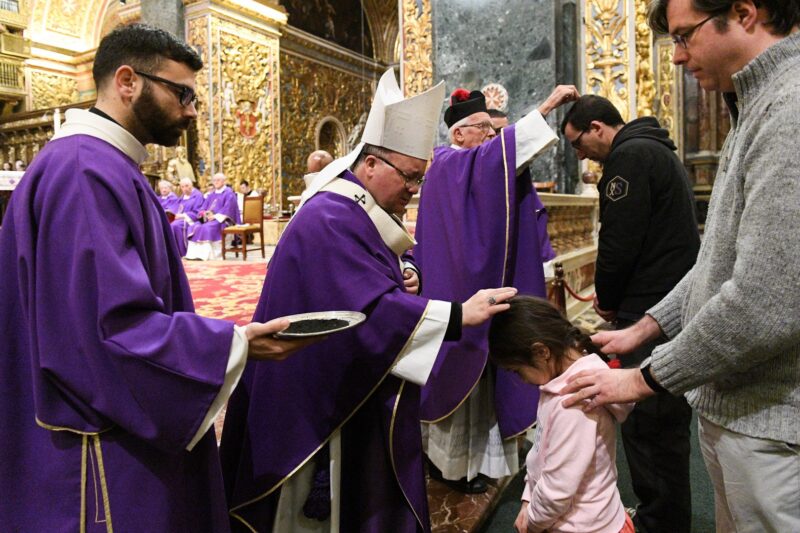Throughout the Lenten Season, the colour purple is predominant. And, although we associate this colour with both Lent and Advent—except for Gaudete Sunday on the Third Sunday in Advent and Laetare Sunday on the Fourth Sunday in Lent—the significance of the colour purple does not come automatically. It is also the colour used at funerals, and while celebrating the Sacraments of healing, by which we mean the Sacrament of Penance and the Anointing of the Sick.
In the history of the Church, different rites, places and traditions had different colours that were not always used for the same purpose. It appears that, while the main colour used was white, in time three other colours emerged: red, green and black. Purple is mentioned as a colour that is used occasionally. With the passage of time, the Church replaced the use of black with purple during the Advent and Lenten seasons.
At face value, there doesn’t seem to be a specific meaning for these colours, apart from the connection between white and purity, red as a symbol of blood and the fire of the Spirit, and black for mourning. Yet, mystically, we can associate the colour purple with the colour of bruising and death, and thus instilling in us feelings of sorrow and melancholy.
Since it is not a vibrant colour, it fits well with the penitential character of Lent that gradually turns our gaze to the bruised body of Our Saviour during the passion, which the Church urges us to focus on in the fifth week of Lent and during Holy week in preparation for the Easter Triduum.




